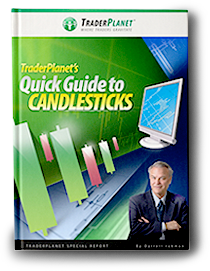There are certain principles of investing that never go out of style and are prized by the best fund managers. The internet bubble had its own lexicon in how to value stocks such as price/eyeballs, price/click-throughs, and others. However, the concept of “economic moats” will always be around and will always be a valued trait. Morningstar is a firm that uses economic moats extensively in its research to find great stocks. In addition to Morningstar, Warren Buffett also likes companies with wide moats.
Moats Defined
Pat Dorsey, head of equity research at Morningstar does a great job of explaining moats. An economic moat can be defined as a sustainable structural business advantage that allows a company to generate excess economic returns over the cost of capital. This can also be described as generating excess return on invested capital (ROIC). Moats allow companies to reinvest their cash flows at higher rates of return for longer periods of time than other firms without them.
According to Dorsey, there are four sources of ecomomic moats:
1. Intangible Assets – This includes brands, patents, and licenses. Qualcomm (QCOM) had an exclusive license on CDMA technology in 1999 and saw its stock soar 2600%.
2. Customer Switching Costs – If it is too much trouble to switch products, then the company who is already selling the products has a moat. A lot of medical device companies have moats in this regard because it is too difficult to learn how to use another company’s product.
3. The Network Effect – This is the most powerful. Facebook continues to grow and becomes more valuable as more people join the network.
4. Cost Advantage – Economies of scale are huge here as costs go down when you get bigger.
Dorsey makes it a point to show what isn’t a moat as well. Big size or dominant market share isn’t a moat. This sounds counterintuitive, but look at the example of General Motors. It was huge and had all kinds of marketshare, but look at what happened to them. Also, having a hot product isn’t a moat either. Krispy Kreme, Crocs, and Iomega can all attest to that.
Moats are important because they can give investors peace of mind when the broader market brings down their stocks with it. Stocks with wide moats are great candidates to average down in a bad market because they are likely to rebound strongly once conditions improve.
This is another tool in an investor’s arsenal, but if you ask the pros, it is a powerful one.
Look for Stocks That Have These is an article from: 



